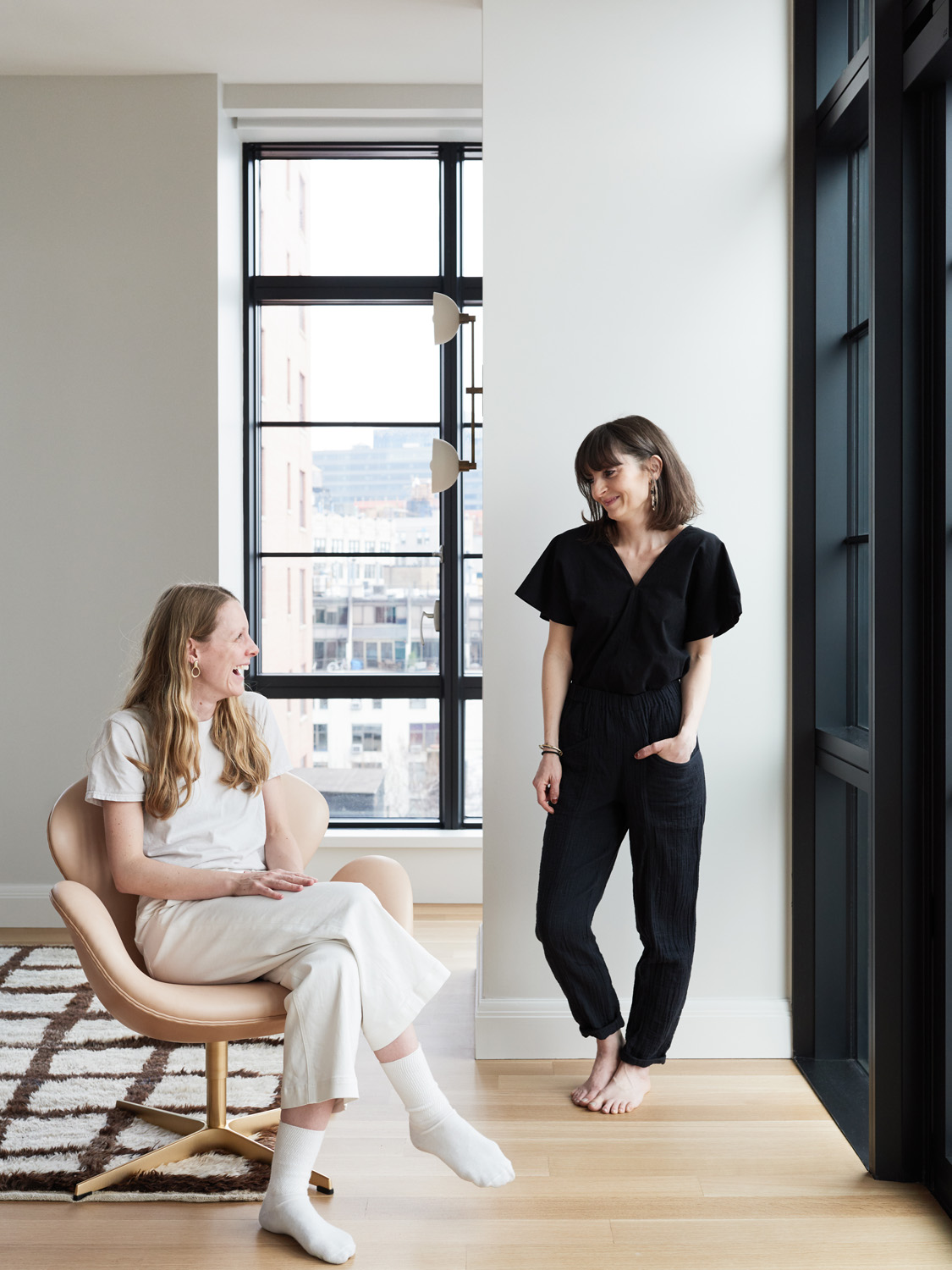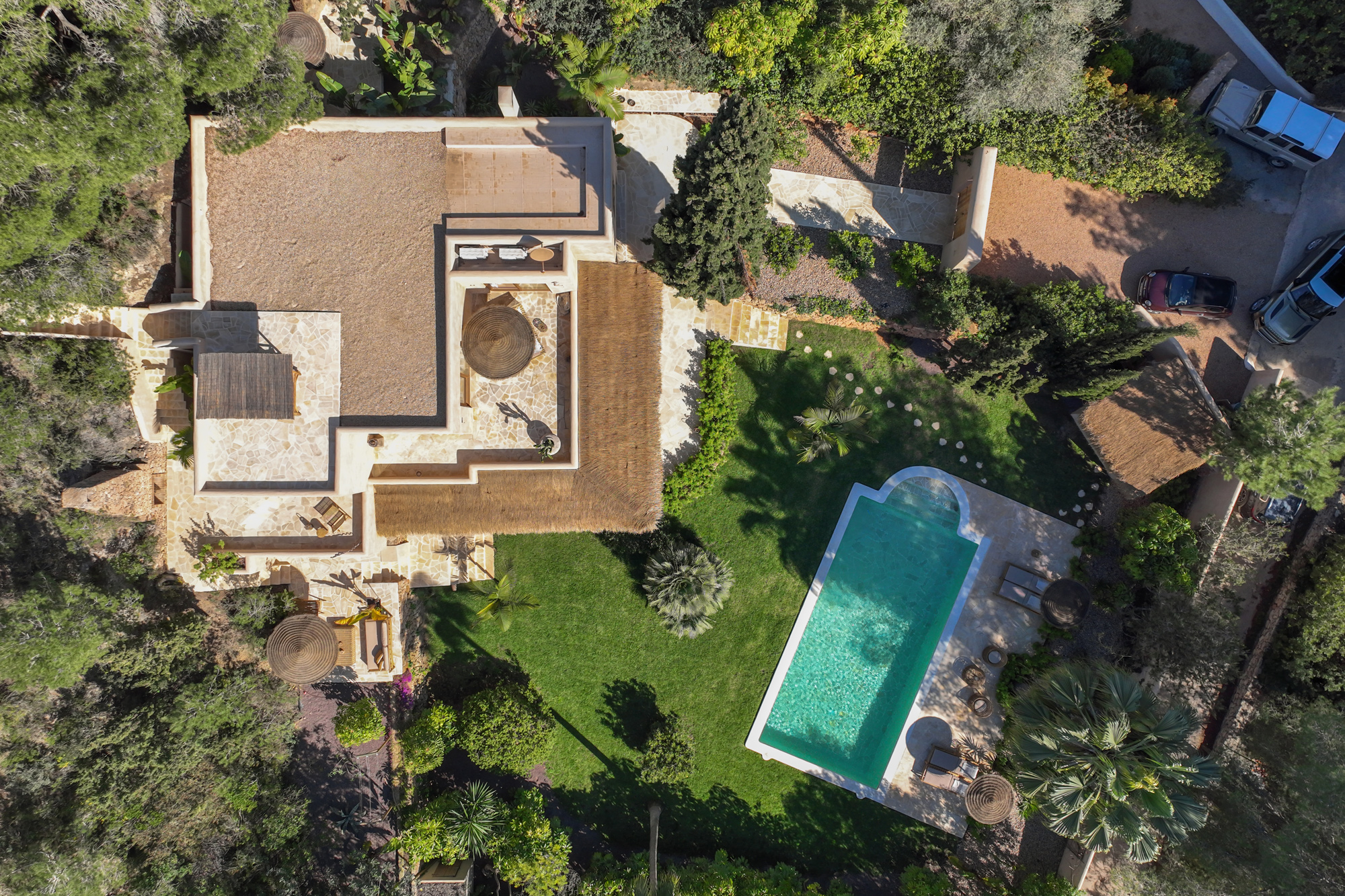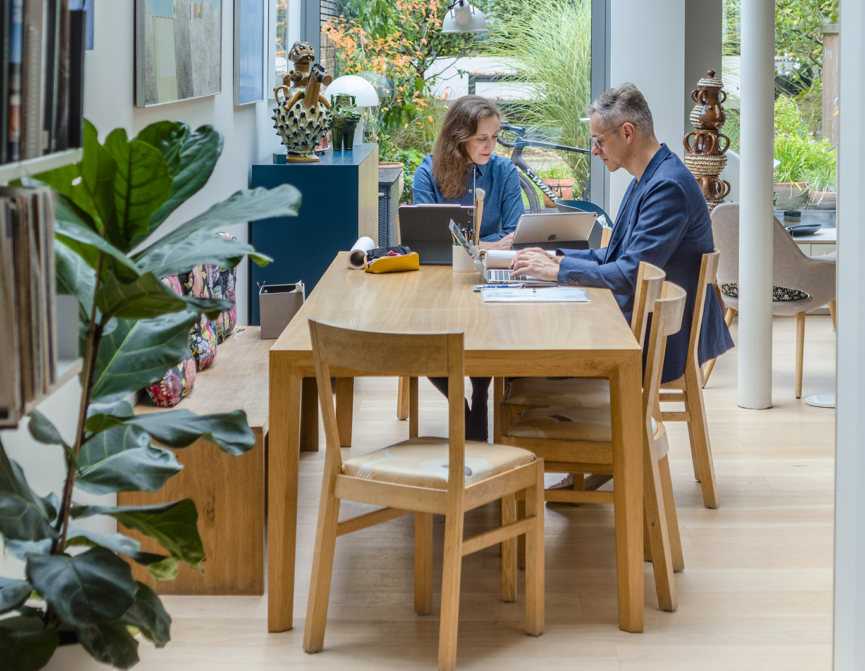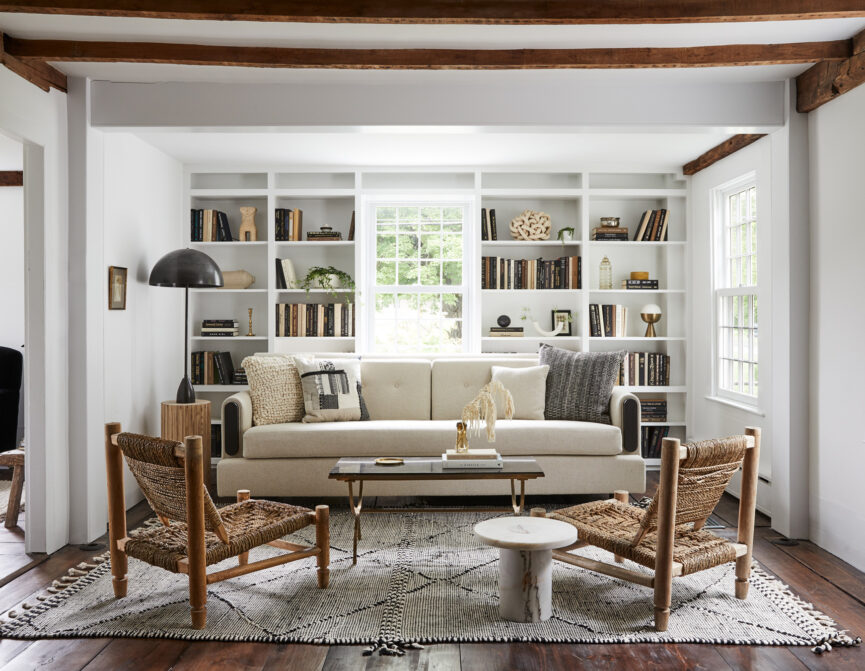We speak to four designers to find out what design trends will shape our homes. Plus how our homes can become greener.
As the world advances and our lifestyles change, architecture and interiors need to keep pace. Whether issues of sustainability or quality of life are prioritised, the design and materials used in our homes are constantly evolving. Last year, the aesthetic of our homes was geared towards bold colours, self-expression and playful shapes. The public attention drawn to projects by up-and-coming practices like Office S&M’s Mo-tel House, Studio Hagen Hall’s Canyon House and Studio Ben Allen’s House Recast is a testament to the spirit of 2021. This year, while bold, bright and indulgent interiors remain, there are also greater concerns around health, wellbeing and the climate.
As we set a new course this January, we asked four forward-thinking architects and interior designers to help us predict what 2022 might hold for our homes.
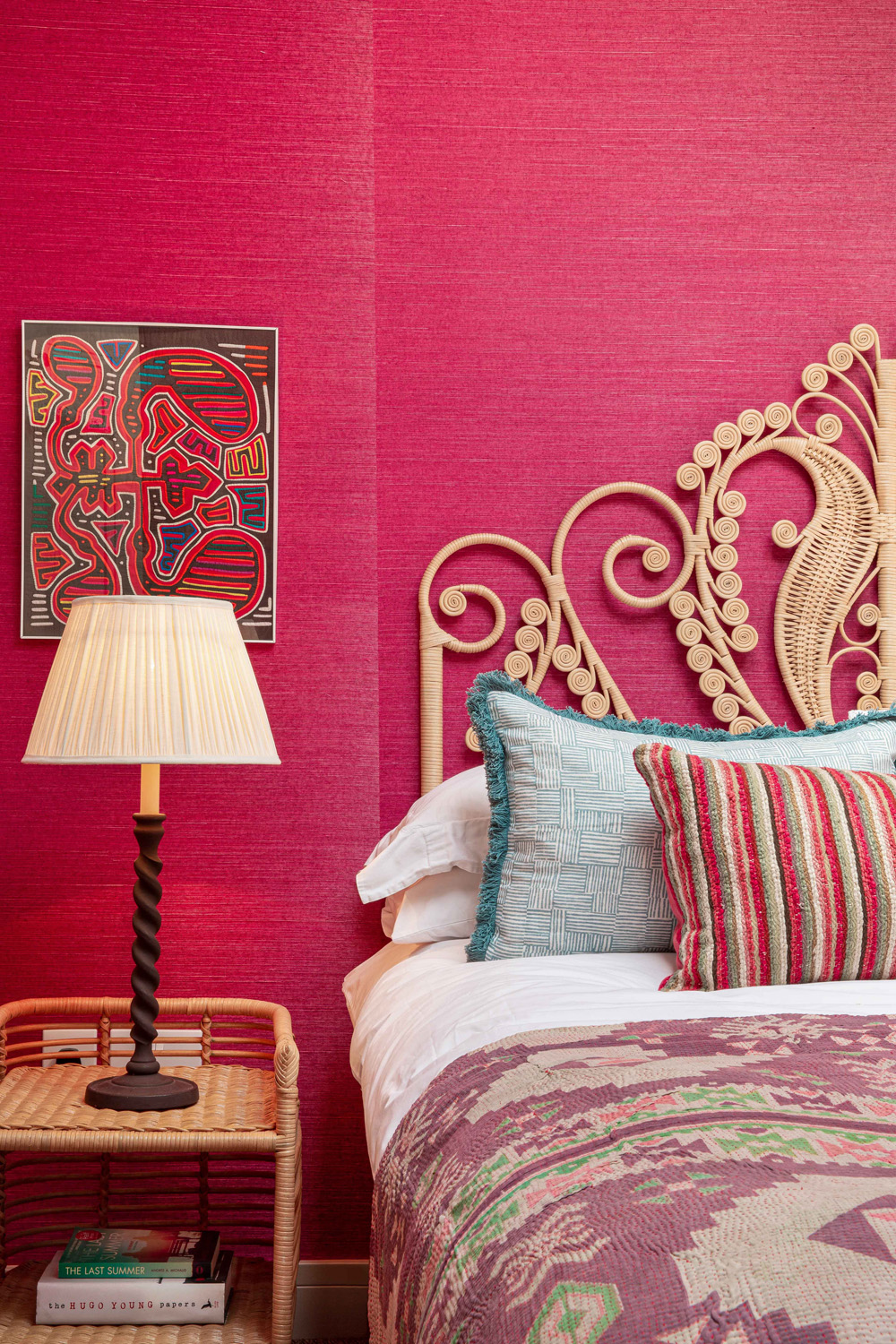
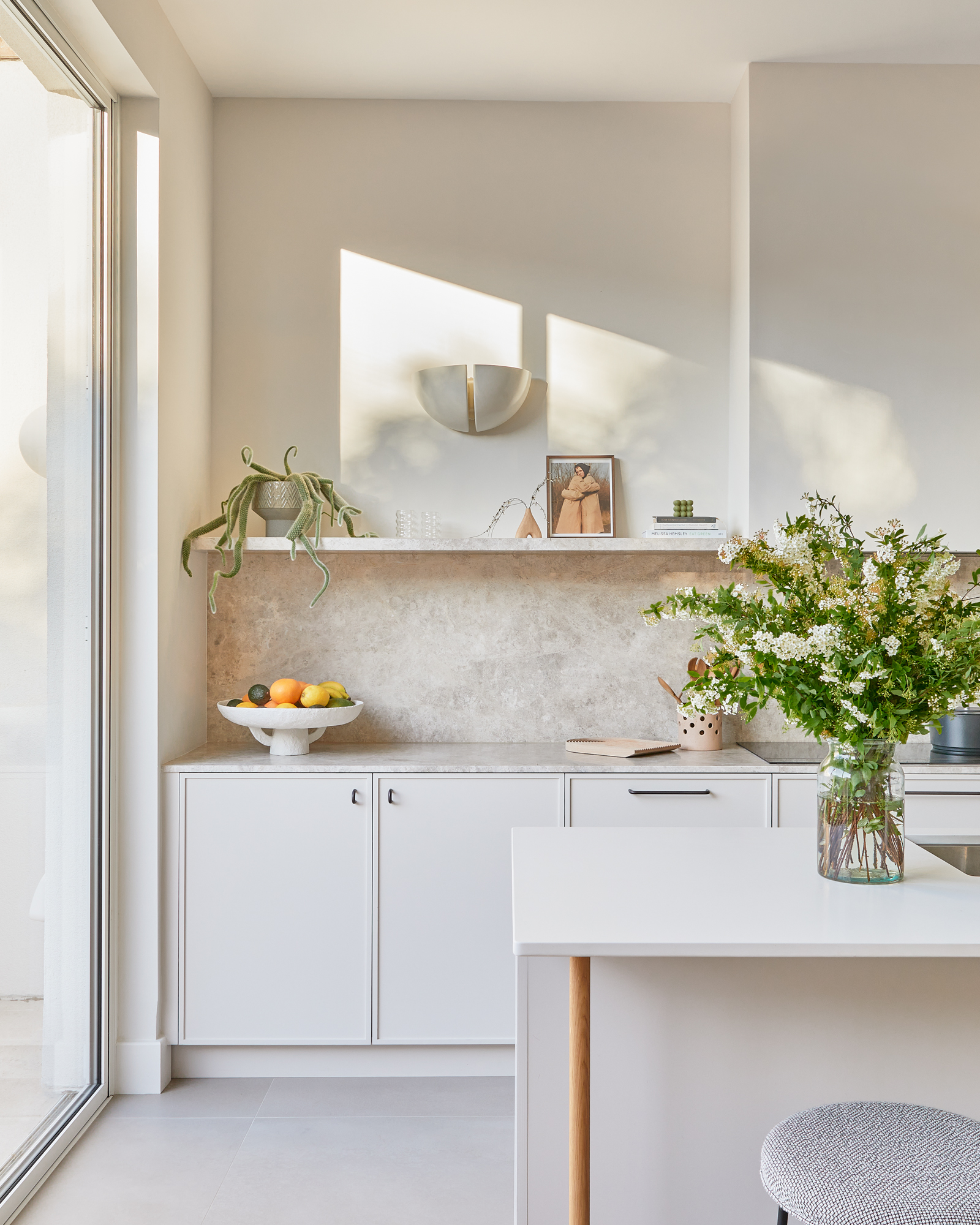

“Interiors that resemble understated, comfortable luxury hotels will prevail,” says Jelena Cousins, co-founder and creative director at award-winning architectural firm Cousins & Cousins. For Jelena, soft furnishings, warm tones, indulgent bathrooms and enveloping exterior spaces will be high on the agenda for most. As we finally emerge from the uncertainty of the past few years, it’s no surprise that we want our homes to cushion us from the stresses of life, and yet be effortlessly practical.
Nune’s Sheena Murphy agrees, predicting that design will become more adventurous, “I think we will see more of the comfort that style in homes can bring across the western world as people’s need to feel safe and cocooned at home increases. Think luscious tones, plush textures and rich contrasts”. Her own studio is already ahead of the game, curating spaces that are beautiful and inviting.
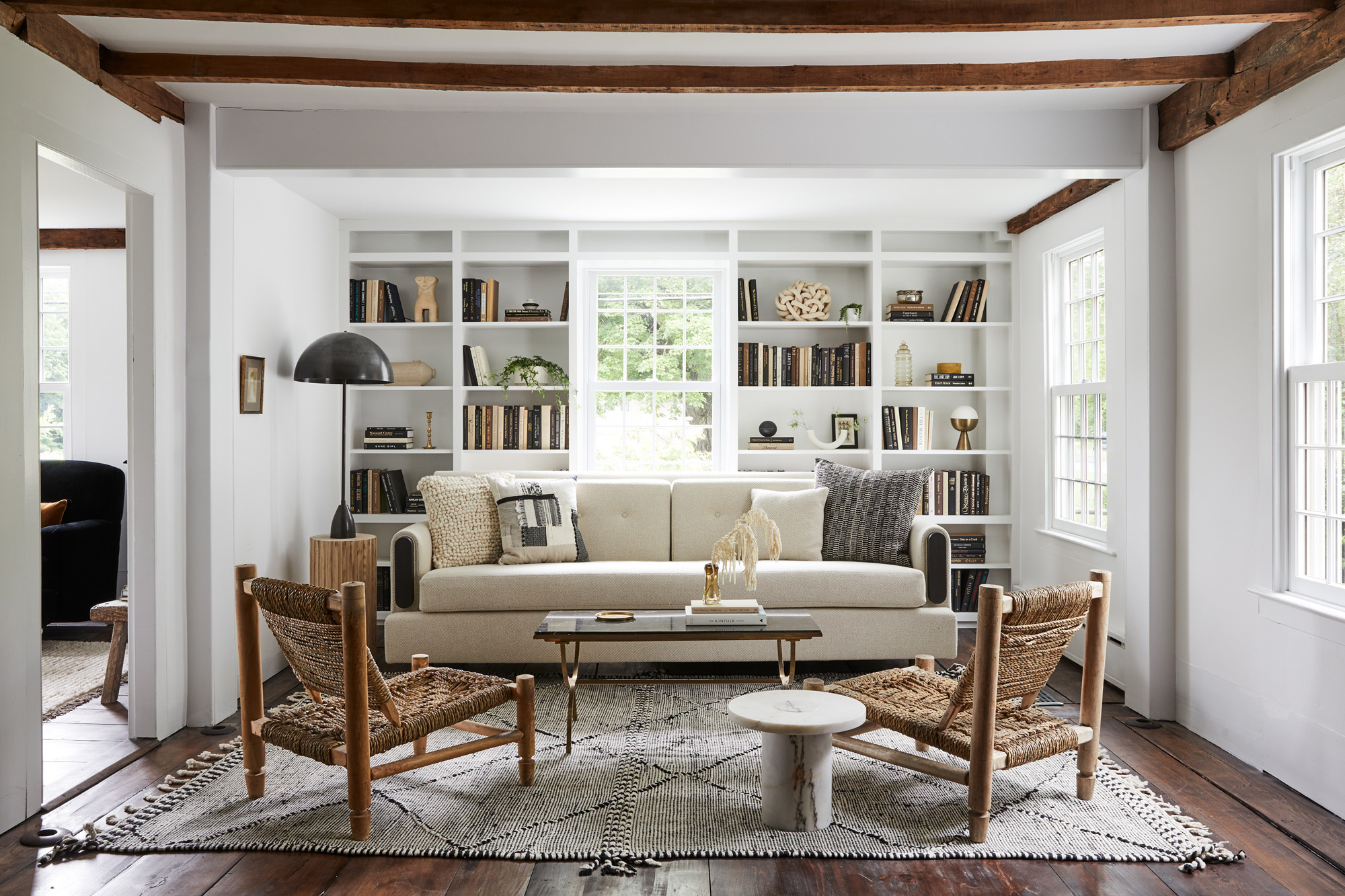
Over the last couple of years, we’ve spent more time than ever in our homes. Working from home became the norm for many and seeking good craftsmanship will shape our future purchasing decisions. “People want pieces to not only look good but stand the test of time too; the throw-away culture of years gone by is, luckily, fast disappearing,” notes Angelica Squire, the creative force behind Studio Squire’s eclectic and idiosyncratic interior projects. “Instead, long-lasting investment pieces that one will be proud to own are increasingly taking centre stage on the design front. We advise clients to opt for pieces like this too. Whilst the initial cost might be more, you save on not having to replace pieces so soon”. That could include bespoke pieces too, Angelica adds, which are worth spending that little extra on – think cleverly integrated storage, concealed screens and aesthetics that are tailored to the client.
The shift away from disposable mindsets is part of a larger concern for the environment. With climate change becoming more pressing, people are more aware of their carbon footprint generated by the transport they use, the clothes they wear and the furnishings they choose. In response, design as an industry is slowly embracing natural and sustainable materials that are part of the circular economy. “We’ve seen an increasing demand for interiors that favour natural, environmentally-friendly materials. Consumers are much more aware of what the pieces that fill their homes are actually made up of,” Angelica reveals. “Whether it’s the filling inside their sofa or what their headboard contains, we’re seeing more and more interest in sourcing natural materials (linens, wools, silks) that are both responsibly sourced as well as toxin-free. This seems to be running in parallel with the global headlines around climate change. And quite right too”.

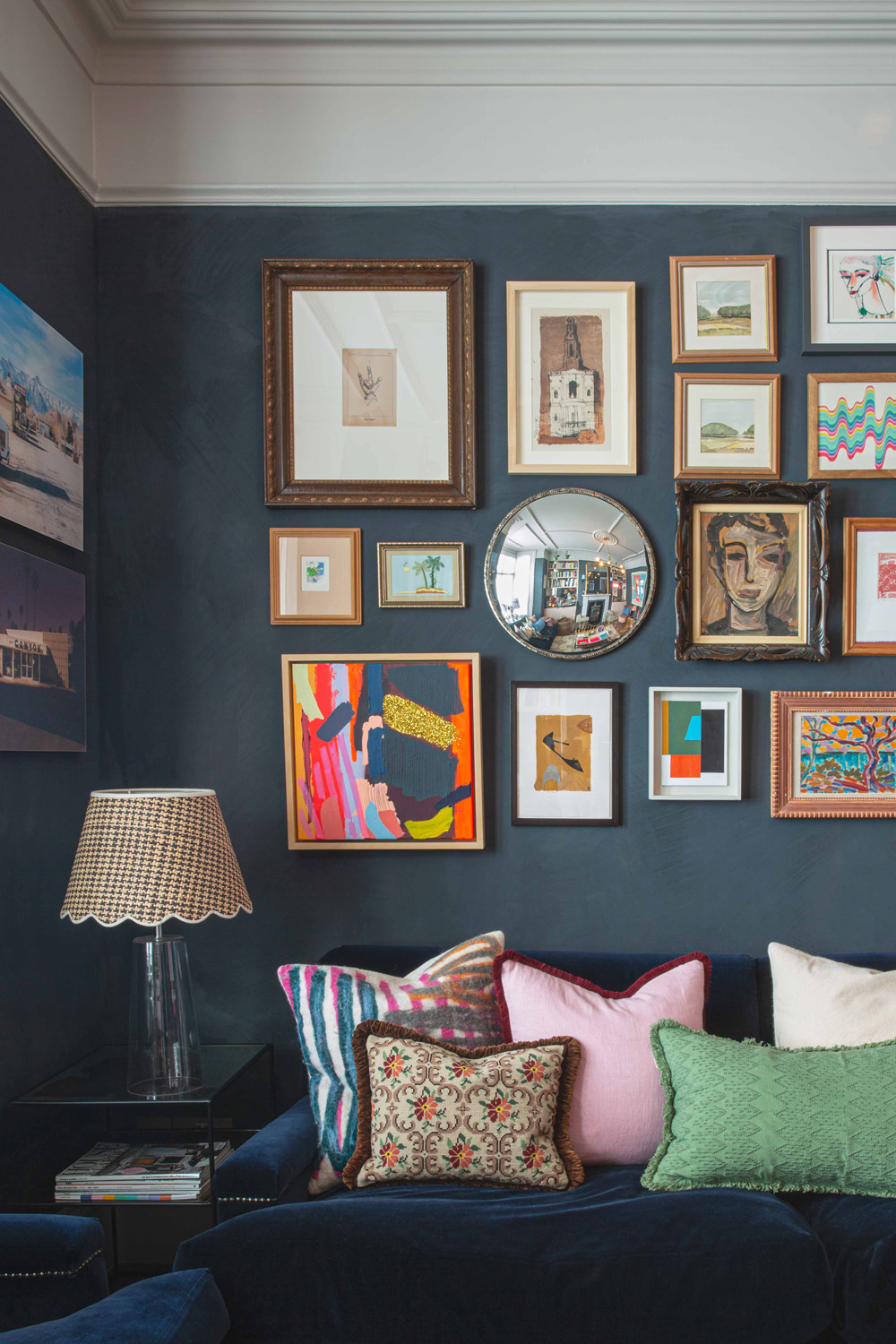

Nimi Attanayake of Nimtim has noticed a change in sentiment with her clients too, noting that low-carbon, well-insulating materials like hempcrete are becoming more popular. Polycarbonate is another way to reduce waste from the construction industry. Slowly but surely, local authorities and developers are beginning to embrace these unconventional but eco-friendly materials.
For Nimi, sustainability is at the forefront of their approach to architecture. That’s why they craft buildings that stand the test of time – an attitude that should govern the industry. “According to the RCIS over half of the building’s whole-life carbon is emitted during its construction, so making projects that respond to the client’s requirements for a lifetime is at the core of our approach,” Nimi says. Take a look at their Cork House project, where they created an extension clad in cork – it’s sustainable, naturally water-resistant, recyclable and acts as the perfect insulation. And that’s not all. It’s breathable and free from chemicals, synthetic resins and carcinogenic materials.
Consumers want pieces to not only look good but stand the test of time too; the throw-away culture of years gone by is, luckily, fast disappearing.
- Angelica Squire
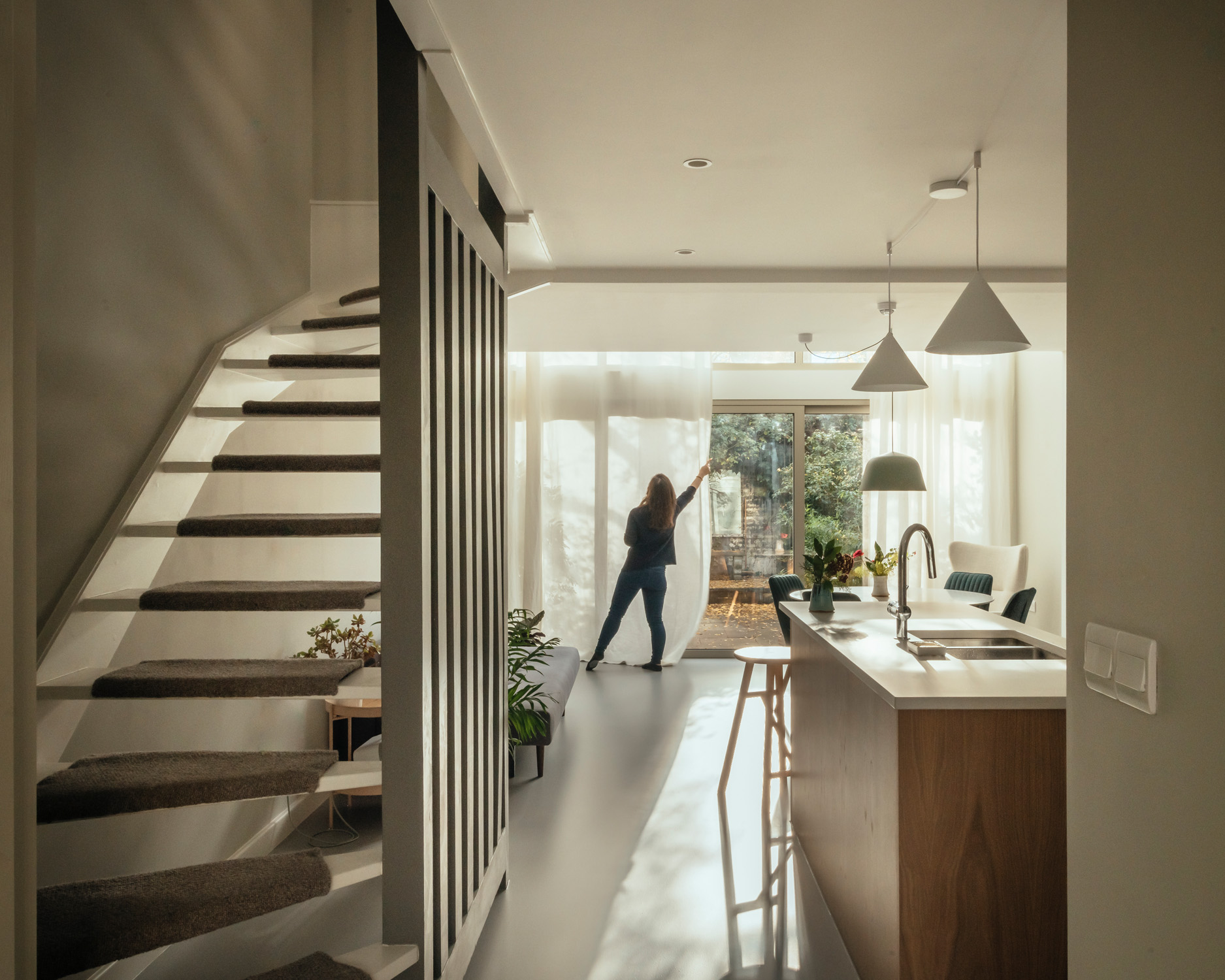
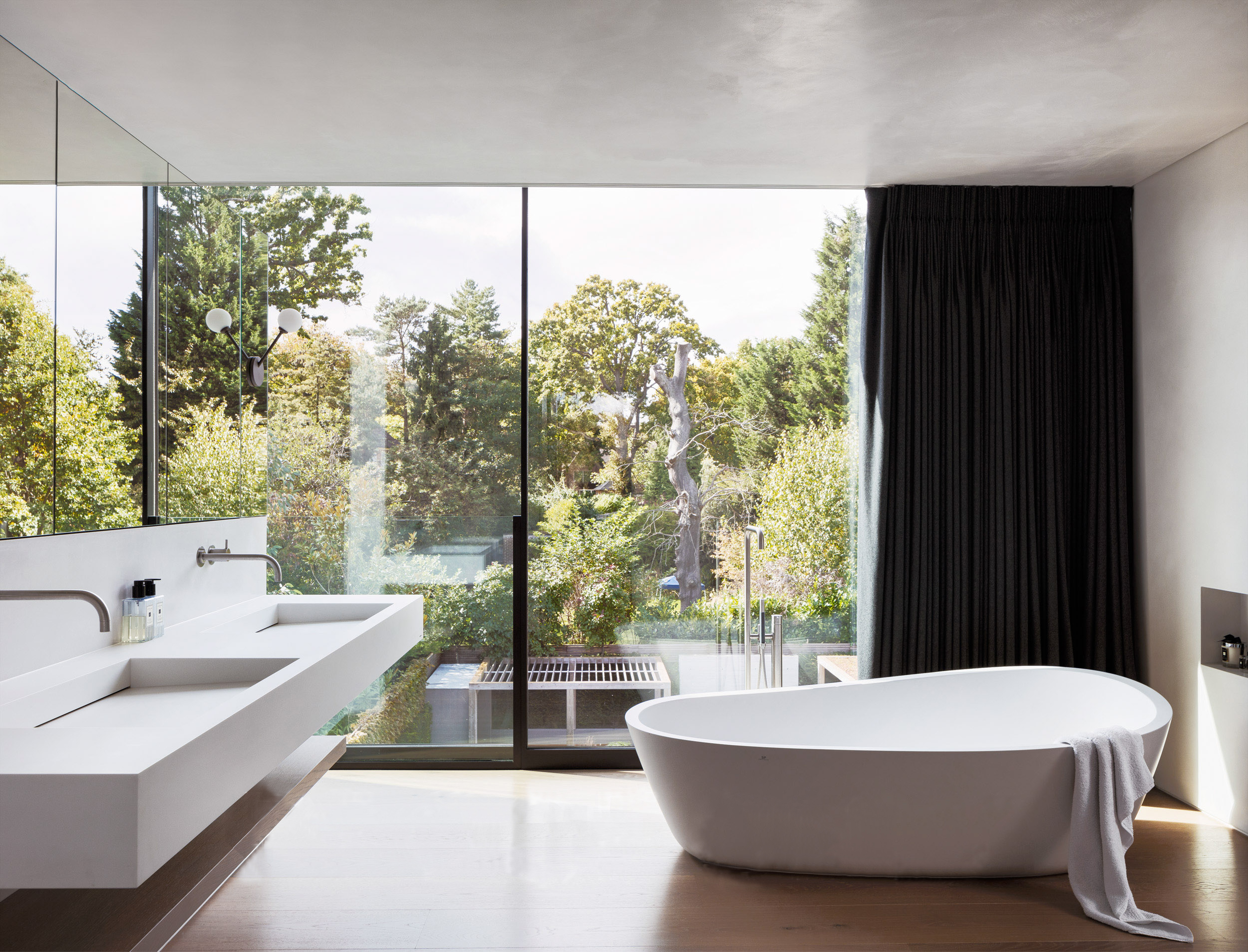

Jelena is on the same page, pointing to the growing role of technologically and sustainably conscious design methods in enhancing wellbeing and building toxin-free spaces. “The Passivhaus standard for existing buildings is called EnerPhit and will become a goal for many refurbishments as we look to reduce the energy consumption and costs of our homes”.
This doesn’t mean that residential design will lose its aesthetic appeal or character. There’s often a misleading dichotomy between eco-friendly design and beauty, but they are not mutually exclusive. Instead, our designers agree that warm tones, interesting colour palettes and playful design will be one of this year’s defining trends; “We also are looking forward to seeing more textures and layering in design, especially through the use of materials with more warm hues and earthy tones,” Nimi says.
Bold and expressive design will reflect the joy and reprieve of a fresh start as the worst of the pandemic recedes. “From opting for punchier paint colours to being braver with fabric choices, people are moving away from neutrals in favour of more confident and fun choices,” Angela notes.
Last year, comfortable luxury dominated residential design, but as we embark on 2022, spaces will also become more fun. “Design that brings joy into our everyday lives is something we are all really ready for right now,” Jelena says.


